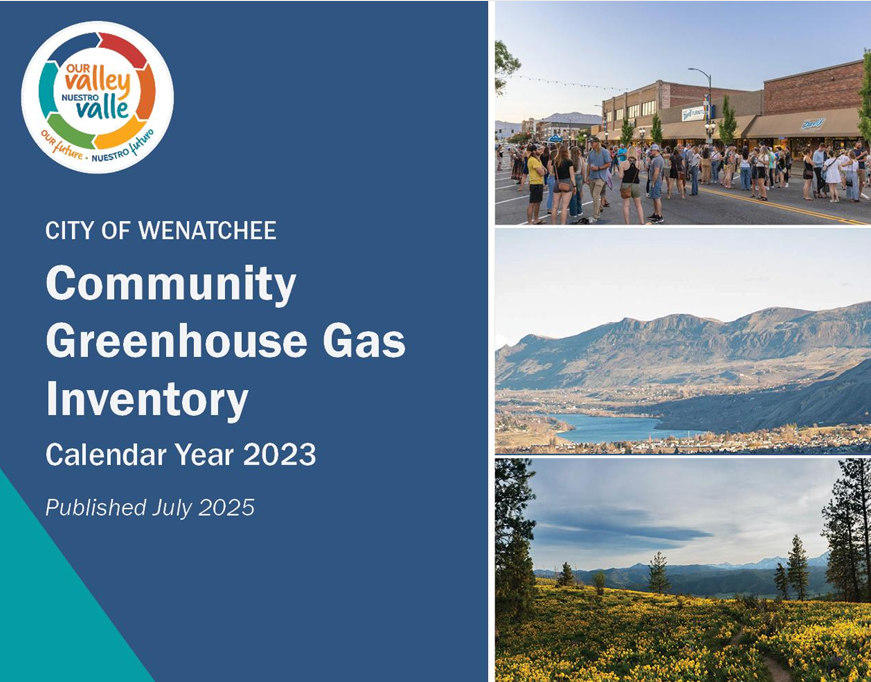Food Waste > Wasted Food
- marlene0303
- Mar 12, 2022
- 2 min read
I personally am pretty proud of the Wenatchee Valley's agricultural roots. We have some amazing local fruit that comes out of this valley, and it's enjoyed all over the world. A little further away we've got corn, potatoes, asparagus and more from the Columbia Basin. Go further still and you'll find wheat fields, lentils and sweet onions. We've got hops and grapes nearby too; if you like to indulge in the occasional beer or wine, it's not hard to find something with local ingredients. Washington produces a large amount of cattle and milk as well (though you should limit those, if you're trying to shrink your carbon footprint). Did you know Washington farmers produce over 300 crops in Washington?

While it's pretty easy to see why we'd be proud of Washington's abundant agriculture, there's a dark side to the story of our food, too. We're wasting it. Read on to learn more about food waste from Joan Qazi, Sustainable Wenatchee's board secretary. Joan is a geography professor at Wenatchee Valley College. She teaches Intro to Sustainability, she's active in the grassroots group Climate Conversations NCW, and she's a knowledgable resource about climate change, food, and social justice. - Jana

I remember my mother telling me to finish eating everything on my plate because the children in Vietnam (that dates me) were starving. At the time, I just wanted her to send them the food, but now I get it. We don’t have to look to SE Asia, we have hungry people in our own country. Research shows that to feed the 42 million Americans who don’t get enough food, all we would have to do is reduce our food waste by 27%. Food waste is America’s ugly secret. We don’t pay attention to it, but up to 40% of the food we produce is not eaten. Forty percent. For us here in the agricultural region of Central Washington, this statistic is particularly disturbing. When we waste food, we are also wasting the water required to grow that food, the farmer’s and farmworker’s labor to produce it, and all the energy used to get it to our plate. Food waste is so much greater than just wasted food.

If we want to live more sustainably, we must pay attention to food waste and all its ecological and social impacts. We need to shop, cook, serve, store, and eat differently. Learn what food date labels mean, accept ugly fruit, don’t take more than we need, cook all parts, serve appropriate portions, store so we can see food easily, and eat those saved leftovers. Instead of trashing food, see if it can be donated, shared, fed to animals or composted. Unfortunately, our region lacks a municipal food waste composting facility which could really help. On the plus side, food waste on farms is being addressed by Community Harvest volunteers who gleaned close to 40,000 lbs. of produce from local farms and orchards in 2017. My mother would be glad to know that all that fresh produce was donated to local food banks to feed hungry people right here.

{Next time from Joan: Social Justice as part of Sustainability}




Comments